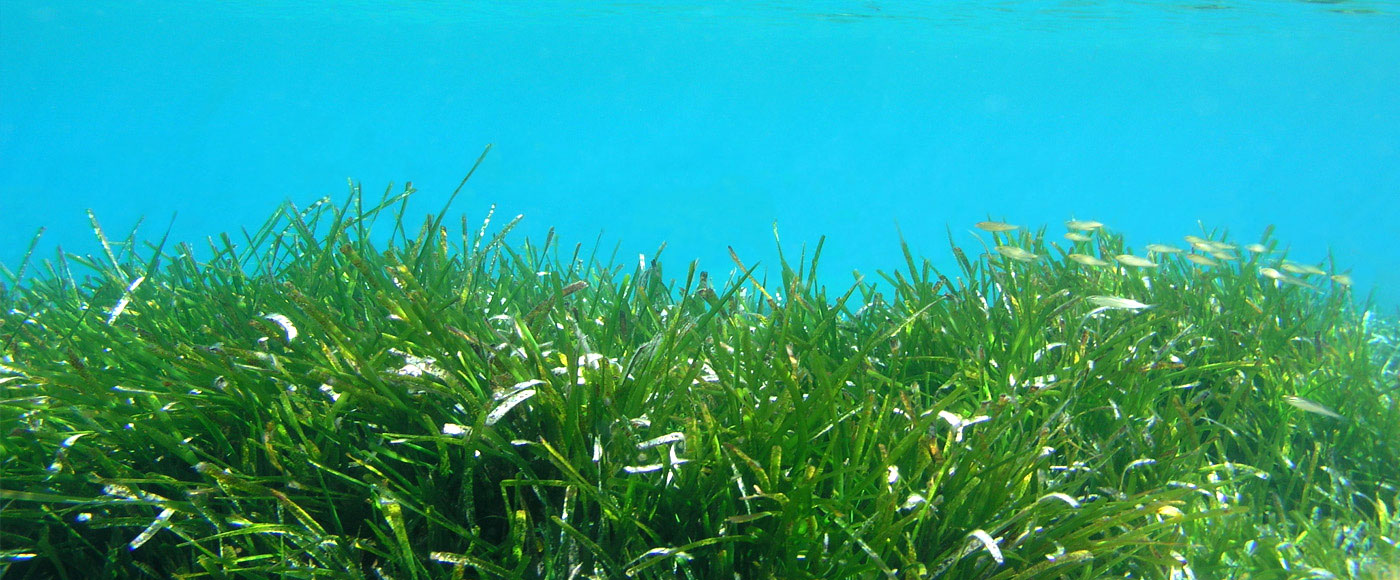Blue Carbon
Salt Marsh Restoration in the K’ómoks Estuary at Dyke Slough
This restoration built up a new marsh platform to replace lost, historic tidal marsh. The newly build platform is then planted, all to help support wildlife and coastal resiliency in our thriving estuary.
Coastline Restoration in Fanny Bay
On June 17-19, 2020 Project Watershed organized a planting session to restore the vulnerable coastline in the Fanny Bay area. During the three days, our staff and 19 volunteers helped plant almost 2500 individual plants, comprised of Salicornia, Distichilis and dune grass species. This planting compliments another coastal restoration project where the shoreline was revegetated to protect the area from erosion.
Salish Sea Kelp Restoration Enhancing Habitat Connectivity
A kelp forest is a type of nearshore aquatic habitat, found along rocky coasts with wave action or strong currents in depths of 4 to 20 meters.
Blue Carbon Fact Sheet
Efforts in Blue Carbon, Sea Grass, Kelp, and Salt Marsh Restoration Blue Carbon and Estuaries in the Pacific Northwest.
Our Blue Carbon Initiative
Project Watershed in cooperation with the The Estuary Working Group is doing research to learn more about how salt marsh and eelgrass beds in our local Estuary contribute to the uptake and storage of carbon from the atmosphere.
What is Blue Carbon
Blue Carbon refers to coastal vegetation such as salt marsh grasses, eelgrass and other seagrass that sequesters or takes in carbon dioxide (CO2). This reduces the amount of CO2 in the atmostphere and helps to limit global climate change.
Blue Carbon Pilot Project
Learn more about our groundbreaking international blue carbon initiative
Project Watershed Plants Eelgrass off of Miracle Beach Park
If you were down at Miracle Beach Park on the weekend of June 22nd you might have noticed a dive boat and divers working just off shore. ...
Project Watershed’s Coastal Restoration Plan Now Available!
The plan identifies 70 potential nearshore habitat restoration projects along the east coast of Vancouver Island (between the Oyster River and Annie Creek near Qualicum Bay). Projects were identified by examining changes in the distribution of eelgrass, salt marsh and kelp habitat using historic and current aerial images and coupling this information with an extensive shore-zone assessment and literature review. The plan will guide future nearshore habitat restoration projects undertaken by Project Watershed and our partnering organizations.
Coastal Restoration Fund Update
After many long hours researching, mapping and writing Project Watershed's Coastal Restoration Team has produced the first draft of the...
Kelp Restoration at Maude Reef
Here is a video of some of the kelp restoration work Project Watershed has been doing with Hornby Island Diving around Maude Reef off...
Coastal Restoration Project – Kelp Information
Project Watershed Receives Five-year Funding Contribution from Fisheries and Oceans Canada
[av_textblock size='' font_color='' color='' admin_preview_bg=''] Comox Valley Project Watershed is pleased to announce it received a...


